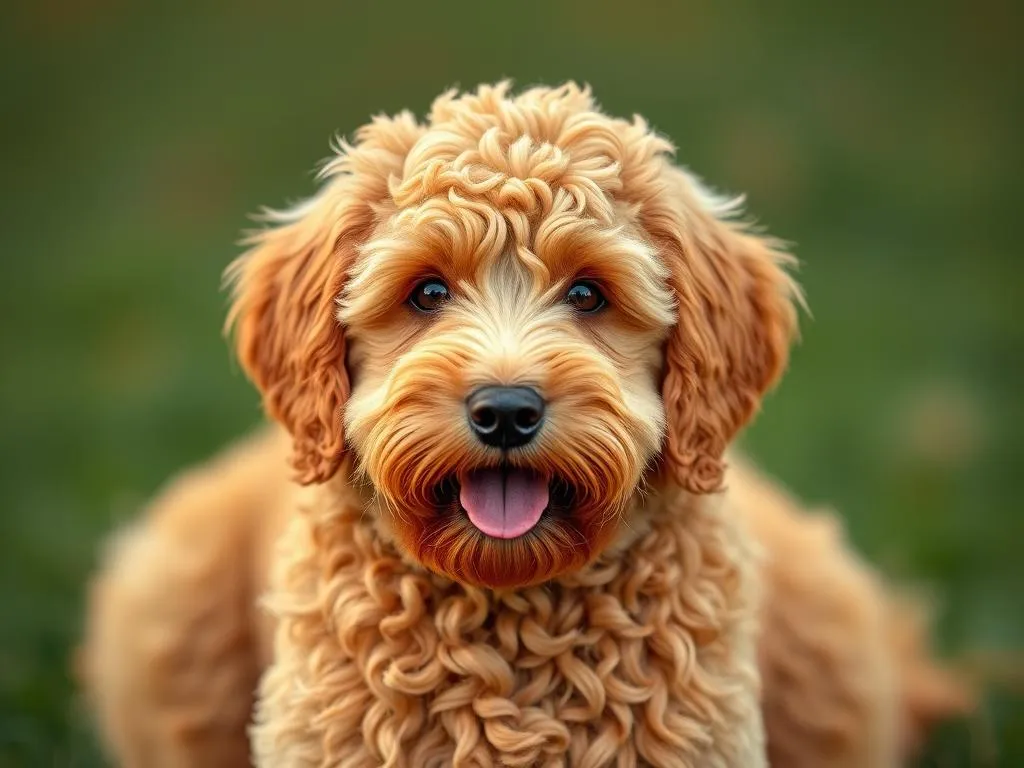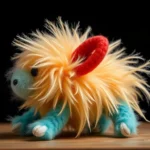
Goldendoodles have surged in popularity as a beloved hybrid dog breed, attracting families and individuals alike with their friendly disposition and hypoallergenic qualities. One fascinating aspect that adds to their charm is the variety in Goldendoodle colors and patterns. Understanding these variations not only satisfies our curiosity but also helps potential owners make informed choices based on their personal preferences and breed standards.
Understanding Goldendoodle Genetics
The Parent Breeds: Golden Retriever and Poodle
To grasp the diversity in Goldendoodle colors, one must first look at their parent breeds: the Golden Retriever and the Poodle. Golden Retrievers are well-known for their luscious golden coats, which can range from light cream to deep golden shades. Poodles, on the other hand, come in an array of colors including black, white, apricot, and chocolate. The combination of these two breeds results in a wide spectrum of colors and patterns in Goldendoodles.
Genetics play a crucial role in the colors that Goldendoodles can inherit. The mixing of these two breeds allows for a variety of possible outcomes, making each Goldendoodle unique.
Inheritance Patterns
Dog coat color inheritance is governed by complex genetic principles. Essentially, genes come in pairs, with one gene inherited from each parent. When it comes to Goldendoodle colors, the interplay between dominant and recessive genes influences the outcome. For instance, black is a dominant color, while cream and chocolate are recessive. Mixed breeding introduces variability, resulting in a delightful mix of colors in Goldendoodle litters.
Common Goldendoodle Colors
Cream
Cream Goldendoodles are characterized by their light, almost ivory coats. They exude a soft, gentle look that many find appealing. This color is incredibly popular among Goldendoodle enthusiasts due to its friendly and approachable appearance. Cream Goldendoodles often inherit a calm demeanor, making them excellent companions.
Apricot
The apricot color in Goldendoodles is a lovely shade that ranges from peachy to golden tones. This color has gained popularity in recent years as it stands out while still being soft on the eyes. Variations in the apricot shade can occur, leading to some dogs appearing almost red, while others may have a lighter hue. These dogs are often seen as vibrant and energetic.
Red
Red Goldendoodles are striking and rare, boasting a rich, deep color that resembles a polished copper penny. This vibrant hue can sometimes be confused with apricot, but red Goldendoodles are typically darker. Their bold color often signifies a spirited personality, making them lively and fun companions.
Chocolate
Chocolate Goldendoodles are known for their unique and rich brown coats. This color is less common, which adds to its desirability. Chocolate Goldendoodles may have variations in shade, ranging from light mocha to deep brown. Their captivating color often attracts attention, and they are cherished for their sweet nature.
Black
Black Goldendoodles have a sleek and elegant appearance, often mistaken for pure Poodles. However, there are common misconceptions about black Goldendoodles; many believe they lack the same temperament or personality traits as their lighter counterparts. In reality, black Goldendoodles are just as affectionate and loving, often making wonderful family pets.
Other Colors
Less common colors like silver, gray, and sable also exist within the Goldendoodle population. These shades are rarer and can be particularly appealing to those seeking something unique. Silver Goldendoodles, for instance, are often striking with their distinctive silvery coats, while sable Goldendoodles showcase a beautiful blend of colors that can change as they mature.
Goldendoodle Patterns
Solid
Solid patterns are the most prevalent in Goldendoodles, where the dog showcases a uniform color throughout its coat. This simplicity appeals to many potential owners who prefer a classic look. Solid-colored Goldendoodles are often easier to groom, as their coat tends to be more consistent in texture and color.
Parti
Parti-patterned Goldendoodles are a striking combination of two colors, typically featuring a white base coat with patches of another color such as black, apricot, or chocolate. This pattern has gained significant popularity among dog enthusiasts for its unique and playful appearance. The parti pattern is often seen as a reflection of the dog’s spirited personality.
Abstract
Abstract patterns are less defined than the parti and can feature various colors in an irregular, artistic fashion. This pattern may include patches or markings that do not follow a specific design, offering a truly unique look. Abstract Goldendoodles are often sought after for their distinctive style, making them stand out in a crowd.
Merle
Merle patterns are characterized by a marbled or mottled appearance, featuring lighter and darker patches of color. While this pattern can be visually stunning, it comes with genetic implications. Merle coloring is linked to specific gene expressions that can lead to health concerns, particularly in terms of vision and hearing. Potential owners should be aware of these risks when considering a merle Goldendoodle.
Phantom
Phantom-patterned Goldendoodles showcase a two-tone color scheme, typically involving a darker base color with lighter markings on specific areas such as the face, chest, and legs. This pattern is not only visually appealing but is also recognized in breed standards. Phantom Goldendoodles often exhibit a sophisticated look that many dog lovers find enchanting.
Factors Influencing Color and Pattern Selection
Personal Preference
When it comes to choosing a Goldendoodle, personal preference plays a significant role. Potential owners may gravitate toward specific colors or patterns that resonate with their individual style or aesthetic. Some may prefer the classic appeal of solid colors, while others may be drawn to the whimsical nature of parti or abstract patterns. Ultimately, the choice reflects the unique personality of the owner as well as the dog.
Breed Standards and Show Dogs
For those interested in showing their Goldendoodle, understanding how colors and patterns affect eligibility is essential. Breed standards set by kennel clubs often dictate which colors and patterns are acceptable in the show ring. While some colors are favored for their traditional appearance, others may be less recognized. Ensuring that the chosen color and pattern align with these standards can be crucial for competitive success.
Availability and Rarity
The availability of different Goldendoodle colors and patterns can vary significantly from one breeder to another. Some colors, like cream and black, are more commonly found, while rarer colors such as chocolate and merle may be less readily available. Market demand and trends can also influence pricing and availability, making it essential for prospective owners to do thorough research.
Caring for Goldendoodle Coats
Grooming Needs Based on Color and Pattern
Grooming is an essential aspect of Goldendoodle care, and it can vary based on color and pattern. Dogs with solid coats may require less frequent grooming compared to those with parti or abstract patterns, which might involve more intricate grooming to maintain their unique appearance. Regular brushing is vital to prevent matting and maintain the coat’s health and vibrancy.
Health Considerations Related to Coat Color
Certain health issues can be linked to specific colors and patterns in Goldendoodles. For example, merle-patterned dogs may have a higher risk of genetic disorders affecting vision and hearing. Regular veterinary check-ups are essential for monitoring the health of your Goldendoodle, regardless of its color or pattern. Being proactive about health can ensure a happy and long life for your furry friend.
Conclusion
Goldendoodles are a remarkable breed with a rich variety of colors and patterns, each contributing to their unique charm. Understanding the differences in coat colors—from cream to chocolate—and patterns such as solid, parti, and merle not only enhances your appreciation of this hybrid breed but also aids in making an informed decision when selecting a Goldendoodle.
Whether you prefer a classic cream or a bold red, each Goldendoodle brings its own personality and joy, transcending mere appearance. Embracing the individuality of each Goldendoodle, regardless of its coat color or pattern, allows for a deeper connection and a more fulfilling companionship.









